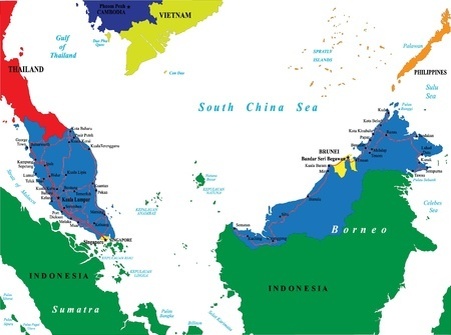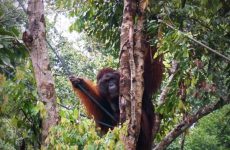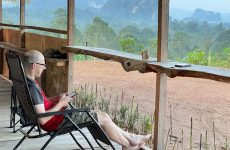Let’s Get to Know the Weather in Borneo First
Borneo benefits from year-round temperatures averaging between 27 °– 32°C, with a relative humidity of around 80% for much of the year. Rainfall can exceed 4,000mm per annum in pockets of Borneo. Although in most destinations an average of about 220mm per month is a norm. The weather on land is affected by the weather patterns of the South China, Sulu and Sulawesi Seas and the seasonal winds or “monsoons”. They can bring either warm dry weather or heavy rains depending on their nature and origin.

Weather conditions are localized and complicated throughout Borneo. One region might receive its highest rainfall of the year whilst another is dry as a bone. Furthermore, all tropical island climates are unpredictable. Rainfall can occur at any time of year. Weather conditions often change very quickly with showers turning to sunshine or vice versa in a matter of minutes. Best is to be prepared for rain rather than trying to avoid it.
Weather in Kuching, Sarawak
Kuching, Sarawak is located at the further left of Borneo (blue-colored on the map), above Indonesia. The weather in Kuching shows that the highest rainfall is in January and the lowest is in June to August. Temperatures remain fairly constant throughout the year and average between 23°C and 32°C depending on both location and time of year.
Whilst there are peak months in terms of tourism (May – Sept), it is advisable not to put too much emphasis on weather prospects when planning a trip to Kuching. Generally speaking a peak in rainfall occurs between November and March, although even in these months rainfall can be sporadic, and it is difficult (in fact impossible) to pre-determine which will be the wet weeks and which will be the dry. However, you can do last minute checking on www.met.gov.my or www.theweathernetwork.com (scroll further down for 7 days or 14 days forecast). This would help you to do planning at least on the outdoor activities in Kuching.
Lower Visitor Numbers Might be a Bliss
There are many benefits of lower visitor numbers to be enjoyed in the traditionally wetter months. National Parks, wildlife sanctuaries, jungle lodges, caves and dive sites may be far more appealing with fewer fellow visitors to share your experiences with. But beware, if you are planning to visit Semenggoh Orang Utan Rehabilitation Centre, you may want to choose non-fruit season. Orang-utans would not be there to get fruits from the ranger since they can find them in the forest themselves.
Nothing compares the answers directly from the locals when it comes to weather. This applies to not only Borneo, but also every destination that we are planning to go. It would be easier to ask a local expert rather that making your own assumption. We can help you too, just contact us here.



